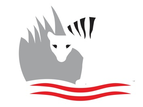ITIKI's Experience Applying CopperCoat
We thought we were clever buying 10 litres of Micron 350 ablative antifoul in Martinique, knowing it was not easy to get in Grenada where we would be hauling out. Since then though, the decision to use CopperCoat was made so the quest began to get the materials to Grenada (well Carriacou to be precise) as they are not available locally.
What is CopperCoat?
Well basically it is a hard, non-ablative anti-foul paint. It consists of a 2-part resin which is mixed with a fine copper powder and applied in layers to the hull. It chemically cures over a period of a few days and then needs to be sanded to expose the copper that acts as the anti-foul. It starts off brown in colour but will go green over time as it develops, as all copper eventually does. Unlike a regular ablative anti-foul, it doesn’t rub off every time you clean the hull. Although we had applied a good quality anti-foul in Leros (Greece) only 12 months ago, a good deal of it was gone thanks to regular hull cleaning as well as the sargassum weed which has been haunting us through the Caribbean. CopperCoat can last 10 years and maybe longer, which is good as it is not cheap! Also as it doesn’t come off into the water it is far more environmentally friendly. Not something you would consider for a race yacht but perfect for cruising.
Applying CopperCoat is quite a process. You need to calculate the amount of material you need, adding a little for wastage. It then needs to be applied in a single session with ideally around 6-7 coats, although as coat thickness may vary you just use up all that you have. Rain is not your friend during the application time so applying it at the end of the rainy season in the tropics can be challenging!
We sourced our CopperCoat from the UK as the cost, including freight, was much cheaper than getting it from the US. Application materials could be readily sourced locally. The hull needs to be well prepared in advance and taken right back to the gelcoat with absolutely all previous antifoul removed. The bulk of this was done whilst we were away and finished off once we got back. We masked up around earth plates and engine exhausts ourselves but left the rest to the experts. The Big Day
When the day came, the forecast looked good and the skies were clear. Edwin turned up around 9am and it all seemed a bit too casual, even for a Monday. Two other guys joined him and he masked up whilst they did a wipe down of the hulls with Iso-propyl alcohol, with painting starting in earnest around 10am. We weren’t really clear at first what we should do and initially kept out of the way, but as progress seemed slow, particularly with the small rollers, we got involved with mixing and cleaning up the trays etc. They got into a bit more of a rhythm after that and it seemed more efficient. At the end of the 5th coat we still had a full 4L left and although they were pretty reluctant to get the 6th coat on we negotiated some overtime, bought some cold beers and they continued on. Just as we were checking for any touch ups and we were contemplating another round of cold beers, we looked up to see a dirty black cloud. First drops of rain were soon felt and so followed a mad rush to get the plastic sheet deployed to cover the last coat. Tropical rain squalls are heavy but thankfully short lived. The transoms got a fair bit of water running down them, as they take the run-off from the decks. Also a few streaks elsewhere but not too bad. Apparently it was just the epoxy of the last coat or two which has washed away. We can sand it and touch it up tomorrow and Keith can do this. Also need to turn the rudders and get the spot that was underneath as well. Disappointing end to the day but they have done a good job.
Three days later Edwin returned to sand the hulls. This removes a layer of epoxy and exposes the Copper. This took the best part of the day to do with one person. Once ITIKI is in the lifting cradles we will pop a layer of regular anti-foul on the bottom of the keels, which she has been resting on. And so we are good to go! Now we watch for the hull to go green, but this time not due to algae growth!
Big thanks to Edwin and the folks at Tyrell Bay Marina for expert work in applying the CopperCoat as well as assistance in getting the materials into the country. Anyone want to buy some Micron 350?? TIPS & Lessons
There is plenty of information on the CopperCoat website, including videos. These are our lessons from the day.
Materials
Labour
Materials
Total: AU$7,163
0 Comments
Leave a Reply. |
AuthorAfter more than 5 years of (minus time off for Covid) and more than 27,000nm Lynda has finally got the hang of this cruising life Archives
June 2024
Categories |
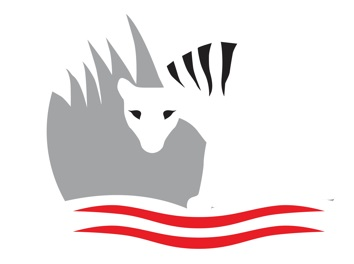
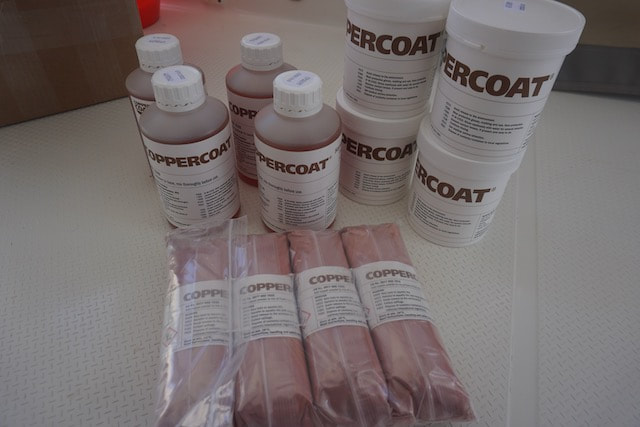
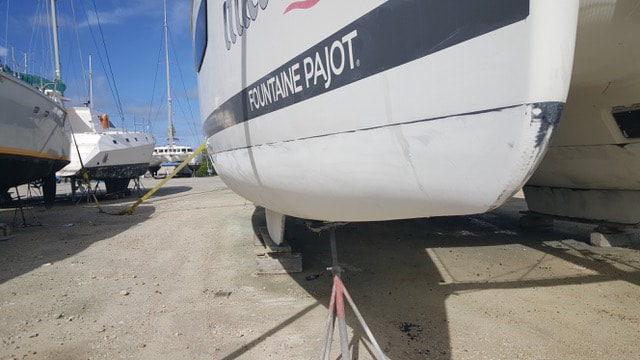

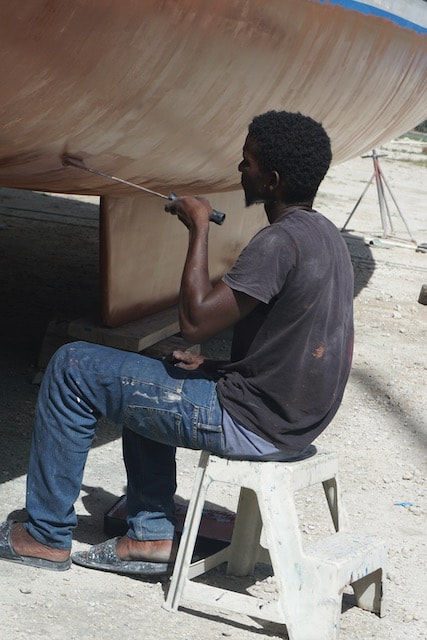

 RSS Feed
RSS Feed
